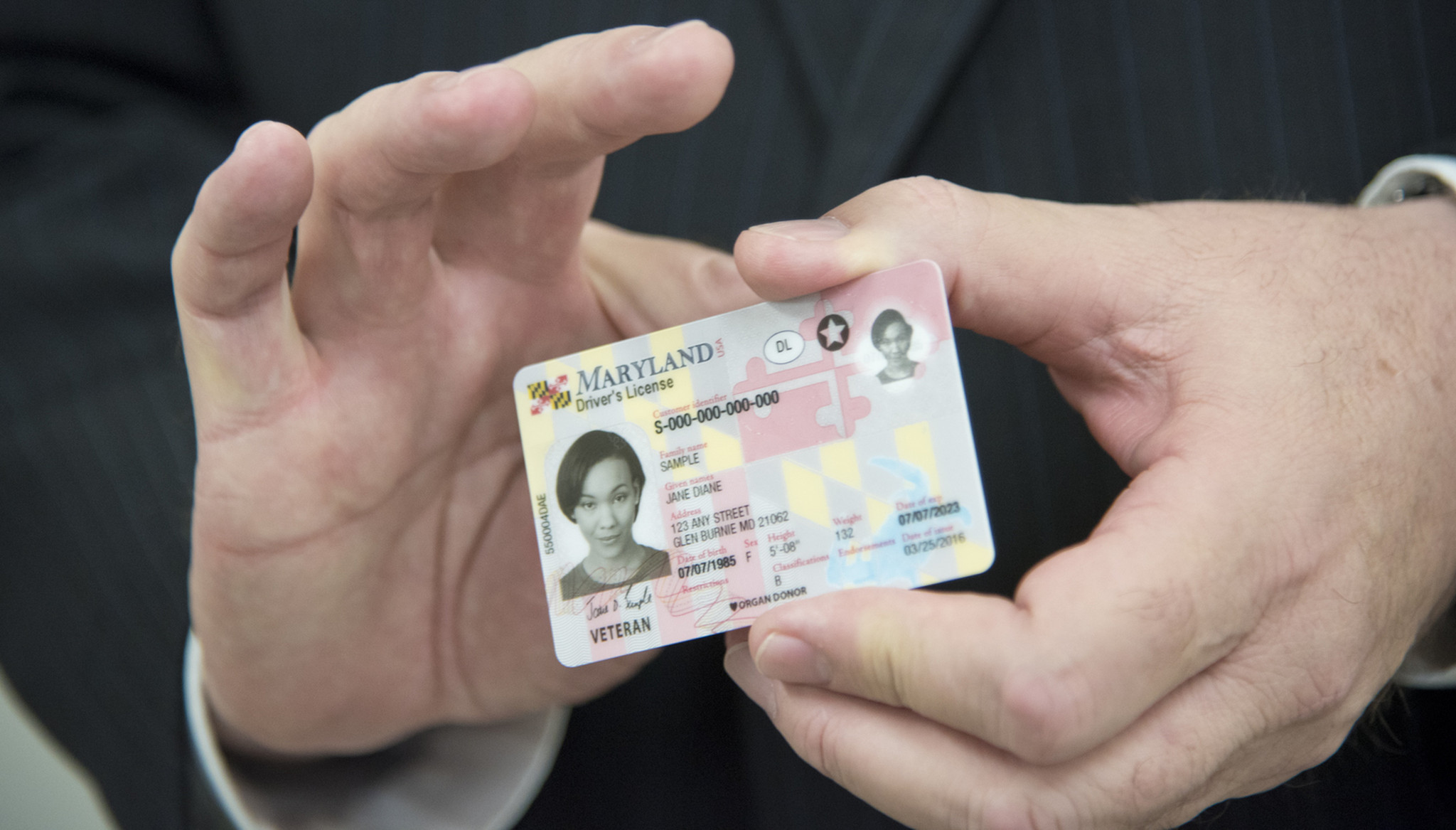Knowing Your Customers: Learn How To Spot A Fake ID Within Seconds
Sometimes, people are willing to bend the rules in order to get what they want, even to the point of trying to conceal or fake their own identity. In the world of ecommerce, identity verification can help you protect yourself against fraudulent orders or avoid selling certain items to individuals who are below the legal age (in most countries, this equates to 21 or 18), as this would mean breaking the law.
But how can you be the judge if you’re not an expert? The following signs will help you spot if a document has been tampered with or is unacceptable for another reason:
Acceptable forms of ID

First things first: certain documents (like a library card) are not sufficient enough to prove one’s ID, and should therefore be rejected outright. A valid form of ID must contain the person’s legal name, birth date, and a photo. To name some examples, here are the types of documents you should be looking for:
– Driver’s license
– National ID card
– Passport
Now let’s look at how documents are usually altered to misrepresent information or conceal it.
A part of it is scratched off or blurred
A customer can very well present a legitimate personal ID, but after closer inspection, you find that certain parts of it have been scratched off, blurred, or tampered with in another way to conceal the person’s birth date, for example. However, if you’re selling certain products like alcohol, the law requires you to know the true identity of your customers, so you won’t end up selling it to minors. Ignoring this could lead to some very steep penalties, so it’s important to keep in mind.
There seems to be a mismatching name
If you discover that the document submitted doesn’t match the customer’s name, it could be something innocent like borrowing it from another person (such as an older sibling or relative), but sometimes, this could mean you’re dealing with the case of a stolen document. If you suspect this to be the case, you should not hesitate to contact the authorities.
The document has been digitally altered

Sometimes, this is easy to tell (for example, the image seems to be placed a little bit off or the colors don’t quite go in line with the rest of the image), especially if the amateurs try to do it. In these cases, there will likely be plenty of red flags, such as the letters being unevenly placed, parts of the scanned image being of uneven quality and so forth, but if professionals are at work, it can be much harder to detect. Luckily, there are certain forms of ID verification software with elements of facial recognition and connecting to government databases with the help of which you don’t need to be an expect in order to perform an ID check on a person.
Conclusion
Being in compliance with the local laws and regulations should be respected at all times, lest you risk being fined. Depending on the size of your business, dealing with such unexpected fees is something you may not be able to afford. Which would you rather have: taking a little bit of time to properly arm yourself against ID fraud or constant worries and lack of sleep?
